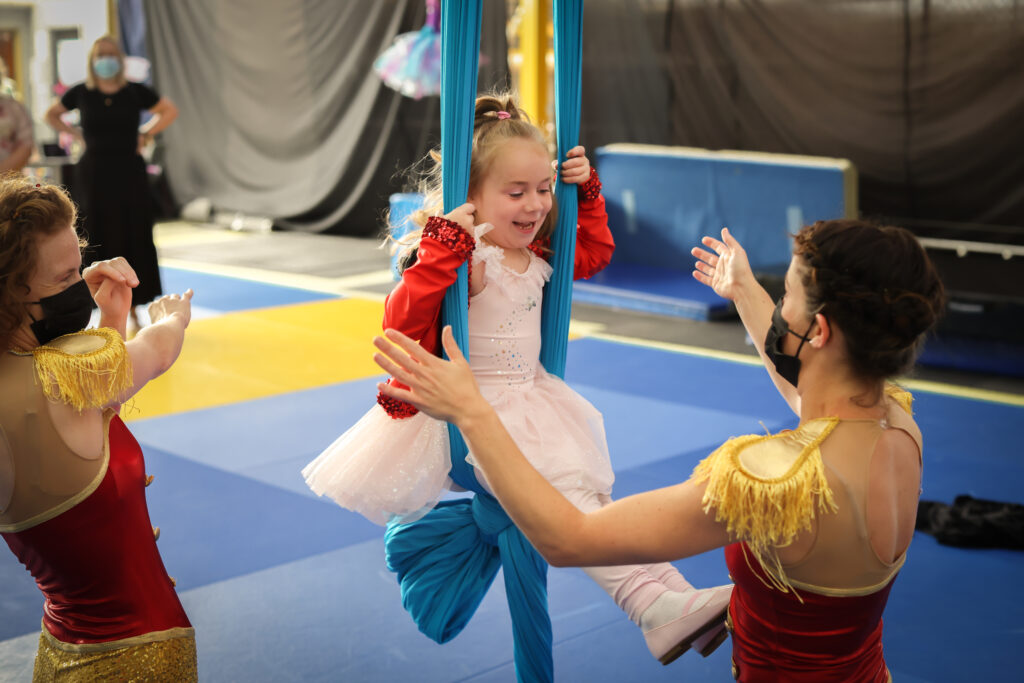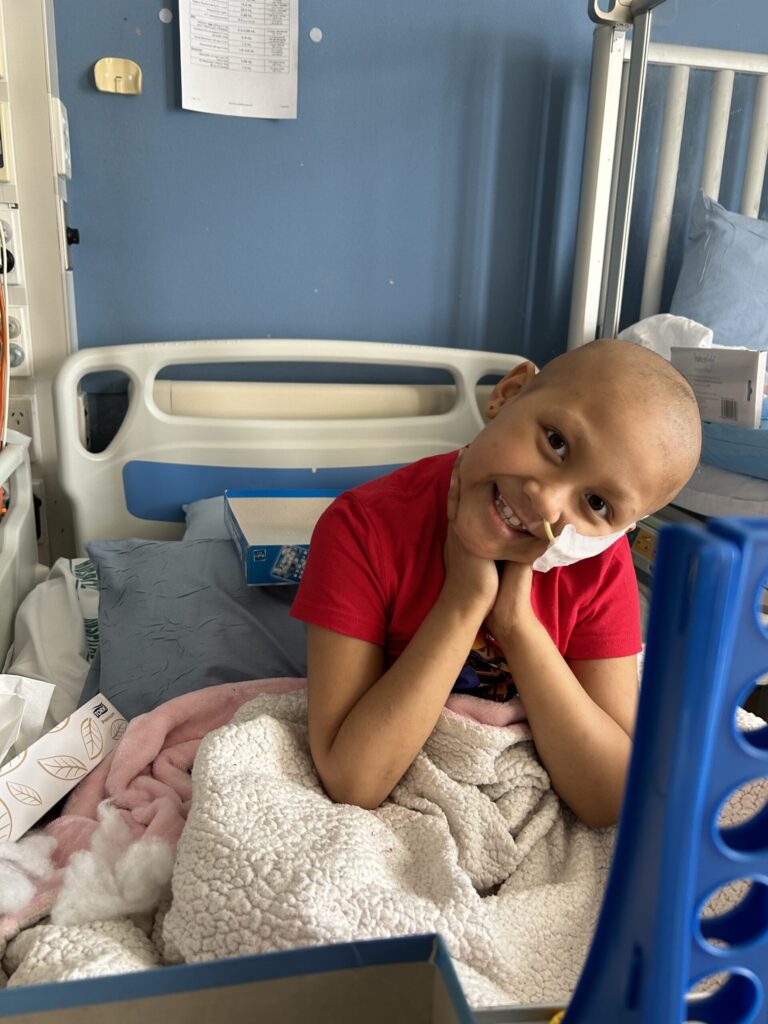Wish Eligibility
We grant wishes to children living with critical illnesses. Find out more about our eligibility criteria below.

Together, We Create Life-Changing Wishes for Children with Critical Illness
Who is eligible for a wish to be granted?
Make-A-Wish grants wishes to children who meet the following criteria:
- Aged between 3 and 17 years old at the time of referral.
Diagnosed with a progressive, degenerative, or malignant condition that is life-threatening.
Have not previously received a wish from Make-A-Wish or a similar organization.
Eligibility is determined based on medical need and the professional judgment of the child’s treating physician and our Medical Advisory Committee. Each Make-A-Wish Affiliate or Licensed Territory manages wish referrals for children living in their respective countries.
Frequently asked questions about eligibility
Who Can Refer a Child?
A wish referral can be made by:
✔ Parents or legal guardians
✔ Medical professionals (e.g., doctors, nurses, social workers)
✔ The child themselvesWhat Qualifies as a Critical Illness?
A critical illness is a serious medical condition that is life-threatening and significantly impacts a child’s well-being.
We define critical illness as a condition that:
Requires high-risk therapy to survive
Results in technology dependence
Causes extreme long-term complications
Carries a high risk of death, even if not listed specifically
While each child’s condition is assessed individually, eligibility is determined based on medical criteria set by Make-A-Wish International, with confirmation from the child’s treating physician.
What are the Qualifying Conditions to be Eligible for a Wish?
There are different types of critical illness from infectious diseases to genetic disorders. At Make-A-Wish, we list twelve specialties, each with common qualifying conditions a child could have which would make them eligible for a wish. These are:
Neurology (e.g. SMA, Rett syndrome, uncontrolled epilepsy)
Cardiology (e.g. complex congenital defects, heart failure, transplant)
Hematology (e.g. sickle cell disease, aplastic anemia, SCID)
Genetics (e.g. trisomy 13/18, skeletal dysplasias, metabolic syndromes)
Oncology (e.g. leukemia, stem cell transplants, brain tumors
Pulmonology (e.g. cystic fibrosis, ventilator dependence, severe asthma)
Immunology (e.g. SCID, chronic granulomatous disease, HIV with complications)
Endocrinology (e.g. Gaucher disease, thyroid cancer with treatment, Tay-Sachs)
Rheumatology (e.g. chronic vasculitis, lupus with organ damage)
Nephrology (e.g. kidney failure, dialysis-dependent disease, nephrotic syndrome)
Infectious Disease (e.g. chronic uncontrolled infections, post-bone marrow transplant complications)
Gastroenterology (e.g. liver failure, bowel transplant, short bowel syndrome)
If you are unsure whether the condition affecting your child or a child you know qualifies for a wish, you can contact us.
How to Apply for a Wish?
Wishes are granted to children aged 3-17 years who have been diagnosed with a critical illness. Applications are accepted by each Make-A-Wish Affiliate or Licensed Territory for children living in that country.
What Happens Next?
Once a child is deemed eligible, our team works closely with the family to create a unique wish experience. A wish can provide hope, joy, and strength to children and their loved ones during challenging times.
What is the Wish Journey?
A wish is a carefully planned journey, designed to compliment a child’s medical treatment and give them the joy, hope and resilience they need to face their illness. Our wish granters work closely with the family to bring the child’s unique wish to life; creating a life-changing experience that can improve their psychological, physical and emotional well-being.
Start the Referral Process

The wish journey starts with an application to a local Affiliate or Licensed Territory. Once a child is referred to Make-A-Wish and deemed eligible, our wish granters meet with the child and their family to discover what the child’s wish might be. They then design the wish and start coordinating with the required partners, suppliers and volunteers to plan it. Donors, doctors, supporters, and volunteers all help in granting a child’s wish. There are hundreds of WishMakers that come together to make wishes come true!
